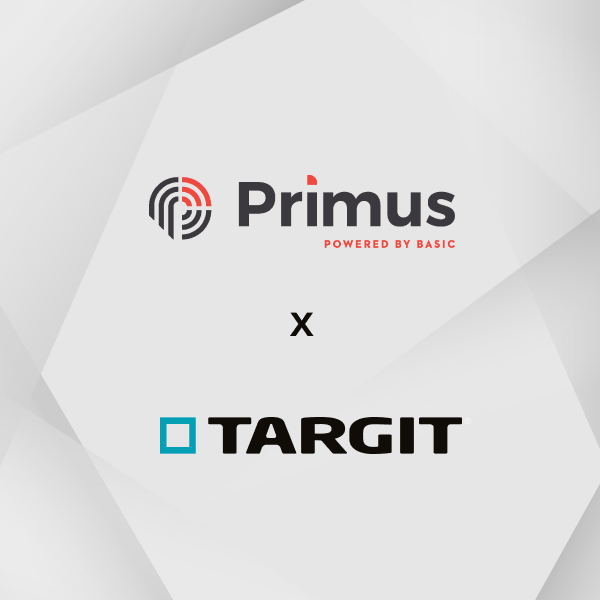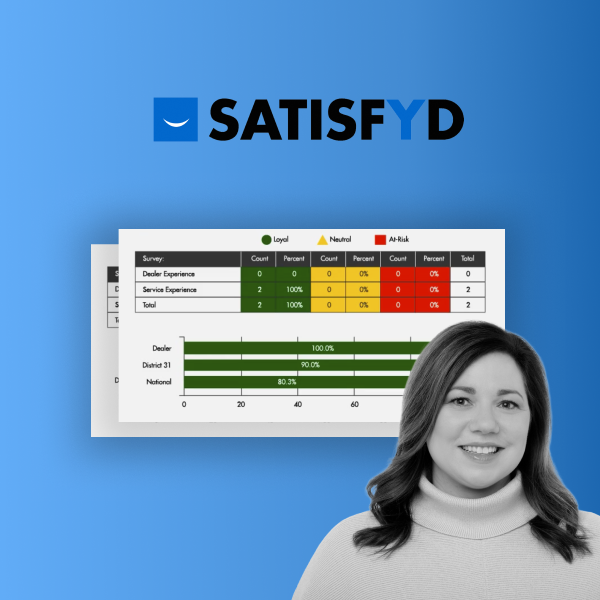Data is exploding in the business world, and efficient problem-solving by decision-makers requires immediate and comprehensive access to insight. For many organizations, it's difficult to maintain consistency, clarity, and convenience across all the software used for business-critical initiatives.
Consequently, many companies task their IT Managers with finding solutions that will directly support them in their job of managing the business intelligence (BI) software that the organization relies upon.
But with so much noise in the software sector, it can be time-consuming and labor-intensive to figure out what you should even be looking for. It’s a process that often drags out for years. Often, by the time a solution is agreed upon by all the necessary levels of the company, implemented, and adopted by end-users, the original analytics needs of the organization have changed.
We're here to help with advice on what to look for in your company's BI and analytics software solution.
Manageability Is King
Your analytics solution of choice needs to be easy to manage and capable of handling the data and responsibilities that keep your business humming. In the heavy equipment industry, user-friendly analytics are key. A tool that adds another layer of complicated processes to employees’ schedules is not going to be widely adopted.
When looking for a BI and analytics solution, IT Managers should look to check off six critical boxes:
- Performance and speed
- End-user accessibility
- Access to data sources
- Security, security, security
- Storage
- Scalability
#1 Performance and Speed
Data volumes are growing exponentially, significantly slowing the query process for many systems defeating the purpose of real-time access to critical data. It’s imperative that the IT team test the back end of any BI solution to ensure it can handle both current and future data volumes.
Many older BI solutions were built on the traditional data warehouse and multi-dimensional cubes layout, which is designed for analyzing aggregated data. However, these systems struggle to query transactional-level detail. An in-memory database engine may be the answer for you if your users need to query transactional-level detail and large datasets.
#2 End-User Accessibility
A comprehensive BI solution won’t do you any good if it ultimately isn’t adopted across the organization. Identifying your target audience and understanding how they best use and consume BI is the fastest way to ROI. These are your BI user personas.
#3 Access to Data Sources
In BI, we're looking for indicators that will guide us to better enhance our goals. It's important to consider the pulse of the company via several different data source environments. Your solution must have access to both internal and external sources.
Beyond basic access to these systems, your BI solution should be designed in a way that makes it quick and easy to integrate and extract data from them. You don't want to spend an excess of resources on complex integration projects down the road, so investing in a solution that's optimized for multi-source data analysis is key.
#4 Security, Security, Security
Your chosen solution should make the management of users’ data access simple and easy to control. Look for a platform that lets you quickly and securely manage permissions, allowing business users to build their own dashboards, reports, and analyses with the data provided. Security should be flexible across roles and user personas.
#5 Storage
All dashboards, reports, and settings should be stored in a single location for easy management and backup. In today's hyper-connected world, users must have easy access to the information they need from all work devices — laptops, desktops, mobile, and other internet-enabled platforms.
#6 Scalability
Finally, your analytics solution must support the future growth of your organization. BI cultivates true synergy across your entire organization through the organized and simple management of user access across all departments. When it’s time to scale up, it shouldn’t be a tremendous cost or time burden to get new users or data sources up and running in the system.
Pick a BI Tool Designed For You
Ultimately, you need a BI and analytics solution that works for you. That means one designed to fit the unique needs of your organization. The question is, which solution do you need? Review our guide about the BI total cost of ownership to help you navigate your options and give you control of your data.
PS: If you are in the heavy equipment industry, check out this guide that can help you cut through the hype and arrive at the right BI solution for your equipment dealership.




